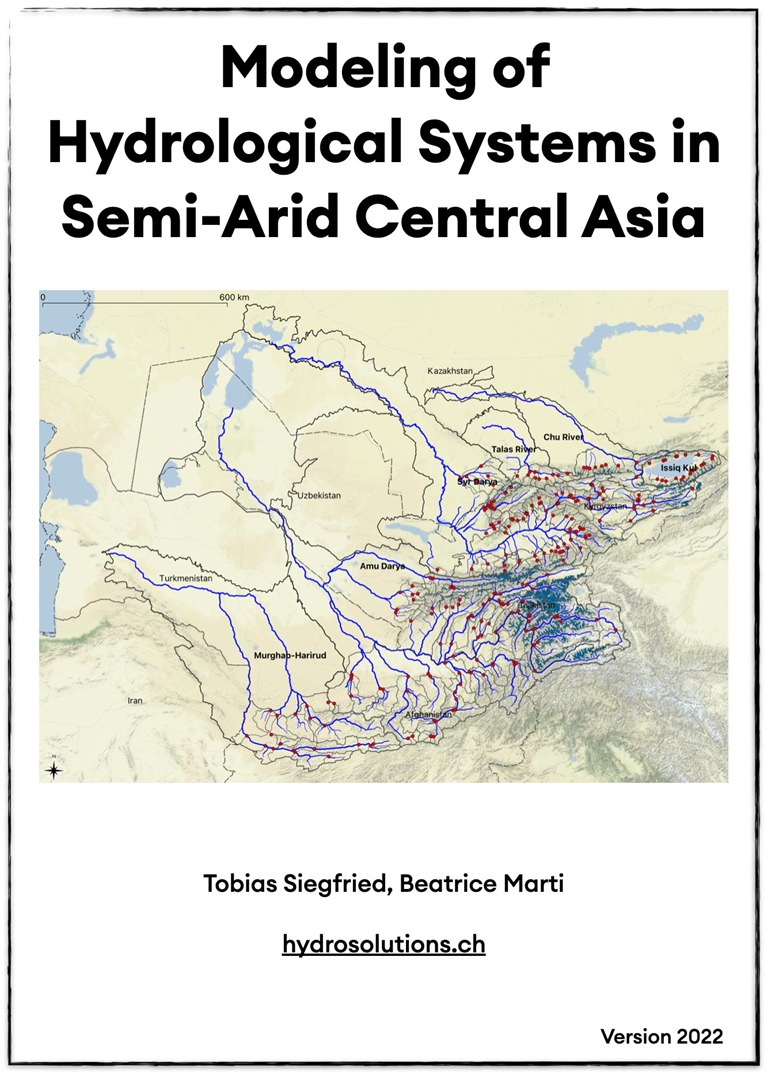
Central Asia is a region of extraordinary hydrological richness and complexity. It is also the region where the world’s most eminent researchers one hundred years ago started to study hydrology in a systematic way and thus contributed to a tremendous increase in the understanding of key water balance constituents and how the partitioning of water in natural systems and the dynamics of it is governed.
Nowadays, such hydrological processes and phenomena are studied using mathematical models. These models are capable to ingest data from different sources, including in-situ stations, remote sensing, and climate models. Synthesizing such types of data in hydrological models provides a tremendous opportunity for effective integrated water resources management and planning in this regular water-stressed and fragile region.
In the educational sector of Central Asia, few opportunities exist so far for the young and aspiring water professionals to get educated in using such data and hydrological modeling tools. In fact, specifically tailored curricula are non-existent that could prepare future water experts. Existing courses all too often rely on outdated technologies and do not make use of the opportunities that have emerged through the availability of vast open-source data archives.
To get more familiar with modern approaches for water balance quantification, the Swiss Agency for Development and Cooperation (SDC) has supported the development of a dedicated Master-level dedicated course called Central Asia Hydrology: Applied Modeling (CAHAM). An accompanying online textbook has been developed and is available under this link. The course relies on the use of open-source data and free software for the study of hydrological systems in the Central Asia region.

Figure 1: Sample screenshot from the online coursebook. The coursebook can easily be translated into any of the local languages via browser-specific translation options.
Master students learn how to analyze and provide solutions for the water resources problems in a quantitative way through data analyses for basin and hydrological characterization and the implementation of mathematical models. Work on local, real-world case studies from Central Asia enables the direct application of the skills learned.
The course was prepared by Dr. Tobias Siegfried. He is the co-founder of hydrosolutions GmbH, a private enterprise located in Zurich, Switzerland. The firm specializes in innovations in water resources management, hydrology, and observations, including from local involvement and via planetary-scale remote sensing.

Figure 2: Different types of hydrological modeling approaches are introduced. Here, an example is shown using the free to use RSMinerve software.